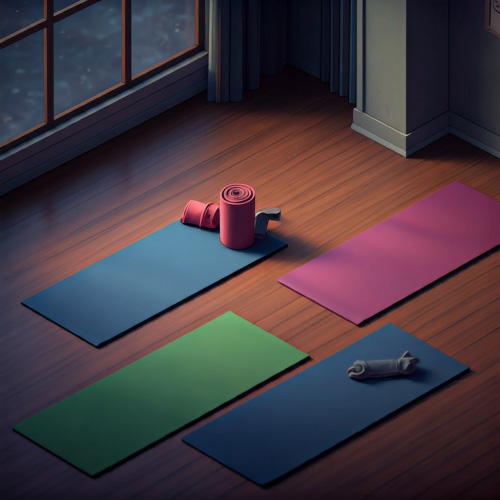Are you a homeowner in a rural area struggling to afford necessary repairs or upgrades to your home?
The USDA Rural Repair Loan & Grant program, also known as the Section 504 Home Repair program, might be the solution you’ve been searching for. This program offers financial assistance to very-low-income homeowners, with grants specifically for seniors to address safety hazards. Let’s explore how you can tap into this valuable resource.
Program Eligibility: Who Qualifies?
- Location: Your home must be located in a USDA-designated rural area. Check the USDA’s eligibility map to confirm your location qualifies.
- Income: Your household income must fall below the established very-low-income limit for your area.
- Ownership: You must own the home and occupy it as your primary residence.
- Repayment Ability (for loans): Demonstrate your ability to repay the loan.
Two Main Assistance Options:
- Repair Loans:
- Up to $40,000 is available for repairs, improvements, and modernization.
- These loans come with a fixed interest rate of 1% and a repayment term of up to 20 years.
- Repair Grants:
- Homeowners aged 62 or older who can’t repay a loan may qualify for grants.
- Grants of up to $10,000 are available to remove health and safety hazards.
Typical Repairs and Improvements Covered:
- Roof repair or replacement
- Heating and cooling system upgrades
- Plumbing and electrical repairs
- Accessibility modifications (ramps, grab bars)
- Insulation and energy efficiency improvements
- Lead-based paint hazard removal
How to Apply:
- Contact your local USDA Rural Development office. They’ll guide you through the process, provide the necessary forms, and answer your questions.
- Gather required documentation. This typically includes proof of income, homeownership, and property details.
- Complete the application. Fill out the application accurately and thoroughly.
- Await approval. The USDA will review your application and make a decision based on program guidelines and your individual circumstances.
Pro Tip: Act Fast!
Funding for this program is limited, and demand can be high. Don’t delay if you think you might qualify. Contact your USDA Rural Development office today to start the application process.
Remember: The USDA Rural Repair Loan & Grant program is a lifeline for rural homeowners. If you need financial assistance to make essential home repairs or improvements, take the first step and reach out to your local USDA office.











